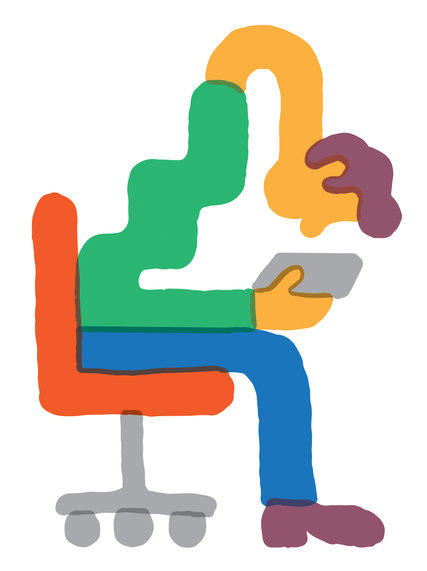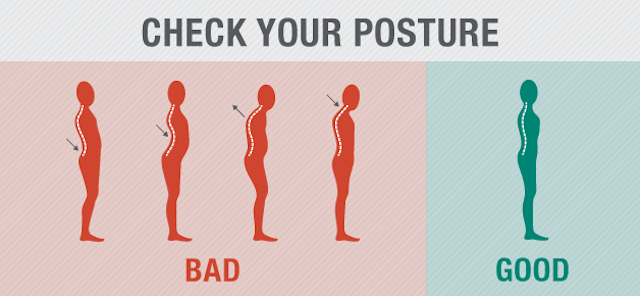The Importance of Good Posture for Software Developers

Posture, defined as the position of one’s body while sitting or standing, is something most developers take for granted. The cliche of the programmer hunched over their desk typing away on their laptop is alive and well in many offices. What, exactly, is the problem with poor posture? Is the job necessarily tied to poor back and neck health? What are the long term effects of poor posture? Is there a way to avoid pain down the road?
Health Effects of Poor Posture
 The most immediately apparent negative health effects of poor posture are upper back and neck pain. However, other health issues can be caused by poor posture. Slouching can cause jaw pain. Leaning the head forward in the slouched positions makes individuals more likely to clench their jaw, creating tension and pain.
The most immediately apparent negative health effects of poor posture are upper back and neck pain. However, other health issues can be caused by poor posture. Slouching can cause jaw pain. Leaning the head forward in the slouched positions makes individuals more likely to clench their jaw, creating tension and pain.
Even the stomach is affected by poor posture! Poor posture can negatively affect digestion and can even cause a beer gut, due to the rib cage pushing down on internal organs.
Slouching may increase the pain one feels from unrelated ailments. The Journal of Experimental Social Psychology published a study showing that adopting a slouched position “can activate stress reactions that can make pain worse,” while standing or sitting straight can lessen pain and increase pain tolerance.
Besides physical ailments, slouching can also have emotional side effects. In a study performed at San Francisco State University, participants were told to walk down a hall in either a slouched position or to skip. Participants who slouched reported feeling sad and having low energy levels.
Good posture has been linked to increased confidence and concentration in men. Tomi Ann Roberts Ph.D, lead study author, stated that “an upright posture makes people feel dominant and successful, which in turn improves their ability to relax and focus on problems.”
Good posture can also increase productivity. A 2009 study of Japanese schoolchildren found those who sat in an upright position were more productive on writing assignments than those who slouched.
iHunch
Text neck, iHunch, or iPosture are all terms used to describe the hunching position one takes when using a smartphone. The average head weighs 10 to 12 pounds, but when the neck is bent to gaze down at a phone, the stress on the neck increases to 60 pounds.
Over time, a “dowager’s” hump, a condition where the upper back freezes into a curved position, can develop from excessive smartphone use. Previously this condition was exclusive to grand and great-grandparents, but physiotherapist Steve August is now seeing the condition in teenagers.
Fortunately, there are ways to avoid iHunch. Holding the phone at eye level can prevent strain on the neck. Taking frequent breaks from using a smartphone can also help reduce strain.
Examples of Good Vs Bad Posture
So how should developers sit to take advantage of all the benefits of good posture? A ramrod straight back is both uncomfortable and unnatural as spines have a natural curve to them. The most important features of good posture include shoulders back and chest up, with the chin at a 90° angle from the neck. Eyes should be focused straight ahead.

Computer monitor stands can elevate the computer screen to allow for good posture. Ideally, when sitting straight, your eyes should graze the bottom of your laptop or monitor so you are never tilting your head down to look at your screen. Much like the solution to iHunch, the solution to working on a computer involves keeping all devices at eye level.
To keep your neck and back in the best possible condition for the future, make sitting and standing with good posture a priority.

Pingback: What about you? What’s your posture? - Software consultancy firm